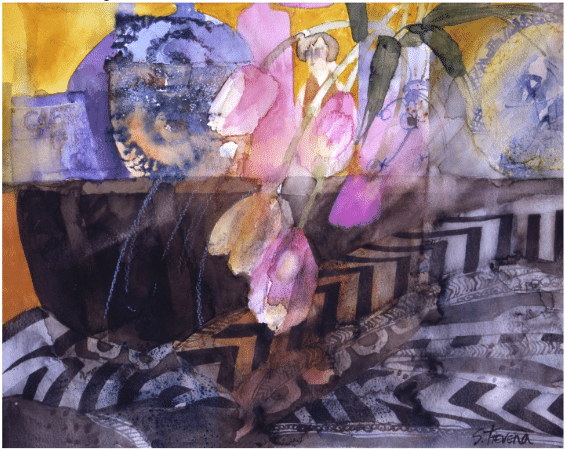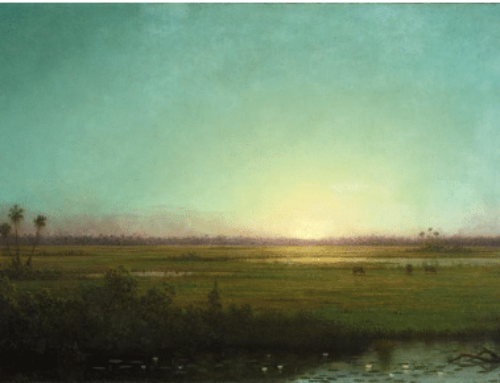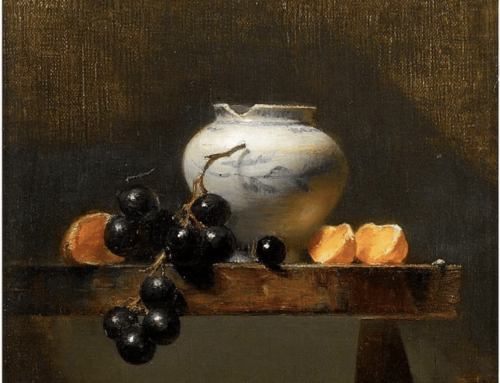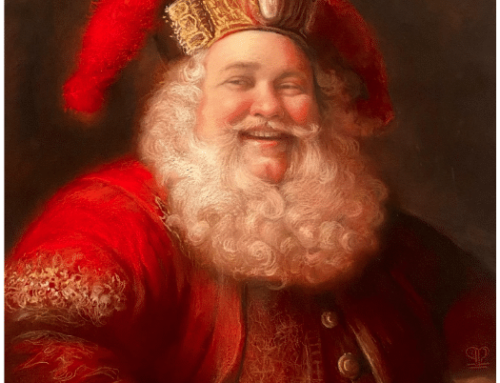“To make art is to take a Grand Tour of your soul, a journey to the emotions we feel when in the presence of our inner landscape.” – Klaus Ottmann
How would you define “finding your voice” in painting?
Style
Maybe it is about developing a distinctive style, your style. Surely that’s part of it, but getting there’s no given. It takes dedication to figure out “what kind of painter” you are. Are you a tight classical realist? An impressionist? A Western painter? An abstract landscape painter? Do labels like these even matter? I’m pretty sure you’re allowed to change the kind of painter you are at any given moment if it feels right, too.
It seems to be about finding something that feels like yours. To figure out what that is though! – that’s the kicker.
Perhaps it’s something that emerges from “somewhere inside.” Maybe you’re painting along one day and bam, you find yourself tapping into something you weren’t looking for, something either extraordinarily fluid or who knows, even disturbing, but that seems intriguing, maybe even important in some way. Follow that! YOU ARE ALLOWED.
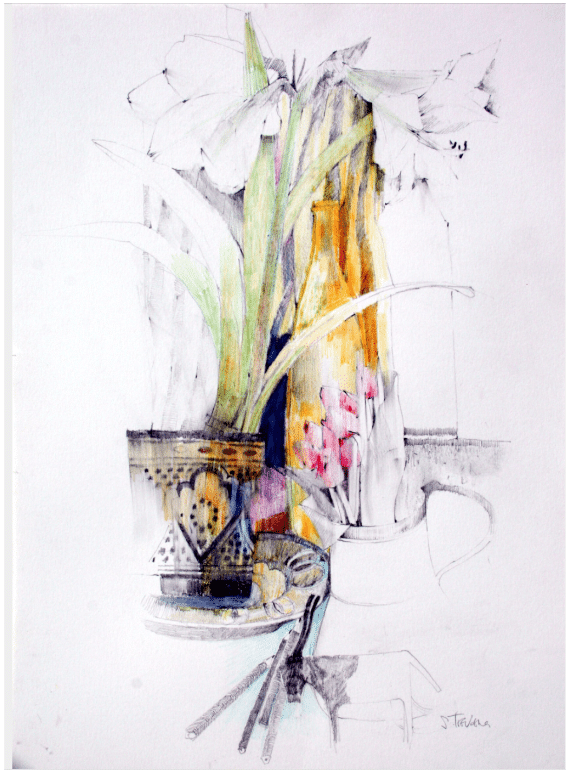
Shirley Trevena, “Yellow Glass Bottle,” pencil & wax crayon, 39 x 29 cm.
Some artists and creativity writers talk about finding yourself as an artist in terms of discovering your subject – that one thing (professional baseball? marshes? animals? teenagers?) – that genre or that motif that for some reason grabs you, or haunts you, or calls you, or that you love without reason. Or even that you just find it easier than other things to pull off. Recognize that as a strength and play to it.
At any rate, it probably has a lot to do with “what kind of person you are,” your particular quirks, memories, theories, likes and dislikes. So, “finding your voice” can mean stumbling onto a style and a subject matter that “just fits” how you feel about life or just happens to speak to you right now.
Substance: from Picture to Painting
For others it can involve a sense of tapping into something universal, beyond just “me.” Suddenly the painting becomes more than a picture – it becomes “about” (i.e. seems driven by) something, maybe something that you feel but can’t put into words. But you know it when you see it. That’s a very good place to be as an artist.
You might start with the particular and end up finding an essence. For example, an artist may think they’re all about painting the light – only to discover that it isn’t fleeting effects but the exact opposite they’re after; that or they realize it’s not the scene but the mood that matters to them, and what is that mood?
And taking it further, now that they’ve identified it, can they tweak and perfect it? What if they could they carry that mood over into different paintings or even across to a different genre entirely? These are the ways paths you follow.
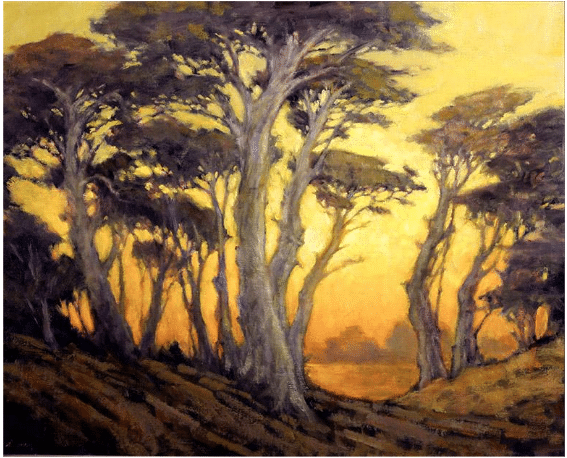
Steve Curry, “Deep Rooted,” oil, 7 x 10 in.
Passion
There’s a connection between finding yourself as a painter and figuring out what you feel passionate about. The word passion, by the way, comes from the Latin word meaning to suffer. It isn’t easy to find your voice or your subject, to put more and more of yourself in your art – it takes courage and it takes hard work, self-knowledge, and self-reflection. Being there, though, can deepen your relationship to art, which in turn stokes passion and makes you want to do it more and so on.
Maybe finding a genre, a style, or a way of working that feels comfortable and familiar is a bit like learning to play an instrument – once you’ve practiced enough to master the basics, you can begin to have fun with it. Once your fingers know where to go, you can bring in expression and emotion – become “more yourself” in your playing, because you’re no longer second-guessing or obsessing over minutiae and specific techniques.
It’s valuable to think about this for a bit, because whatever we mean by it (and whether or not we all mean the same thing when we say it), finding your voice rates near the top of many a developing artist’s goals.
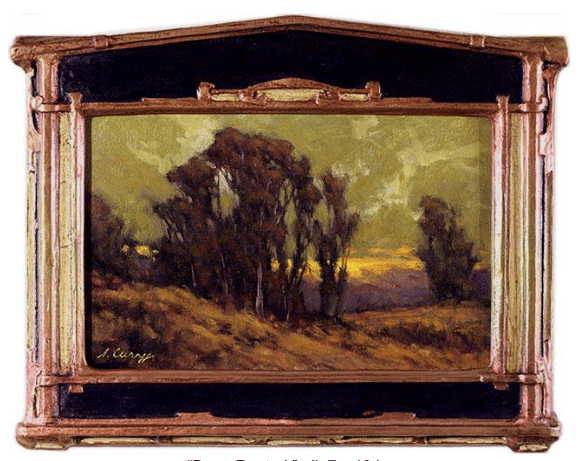
Steve Curry, “Deep Rooted,” oil, 7 x 10 in.
Many of us kill our original ideas by evaluating, comparing, judging, and dismissing them before we even act on them. Or we judge them (unfairly) once the art’s made by comparing it to others. Don’t do it! Be gentle with yourself. These things take time.
Still, it can’t hurt once in a while to consider why art matters to you and what kind of artist you are or want to be. That way lies art that feels like yours, art with substance, originality, and feeling.
As an artist-teacher, Steve Curry is all about making it your own. He stresses the importance of expression and how to approach it with oils in his video Finding Your Voice.
Or check out Shirley Trevena’s Breaking the Rules of Watercolor, a master course in the genre.

